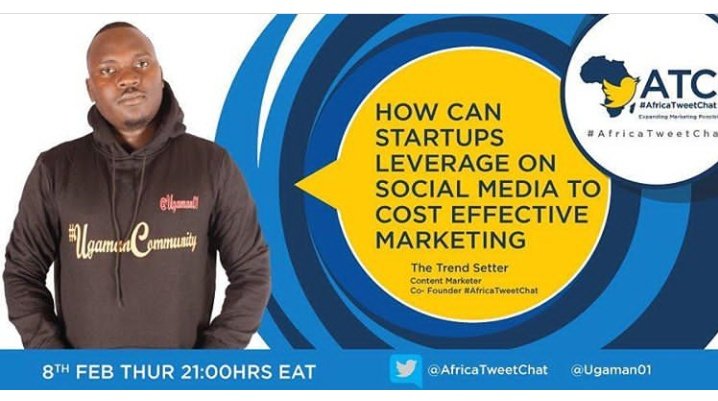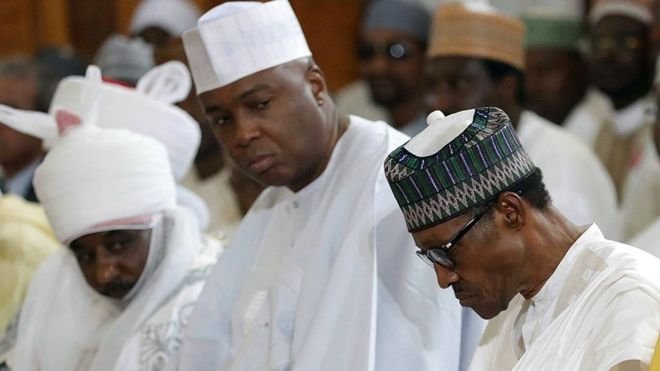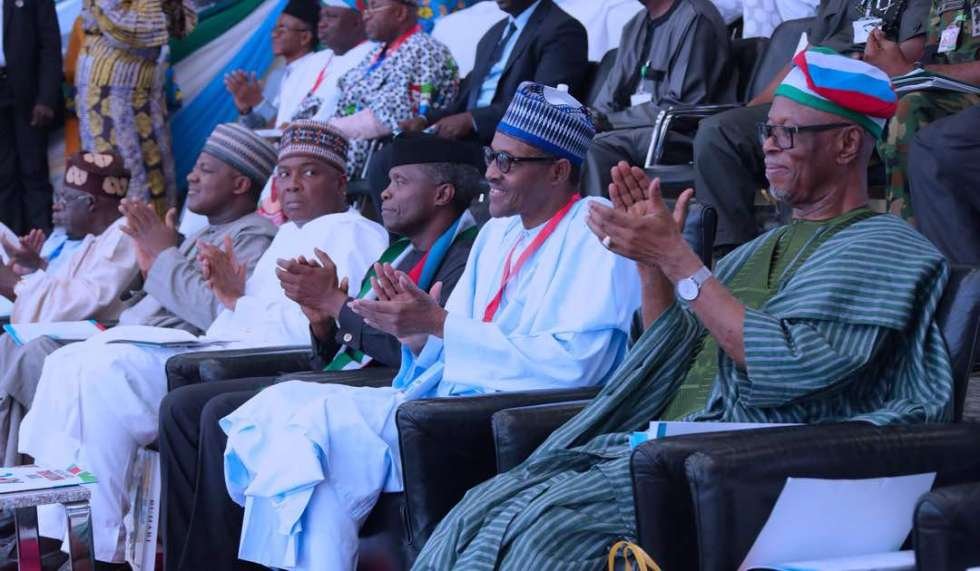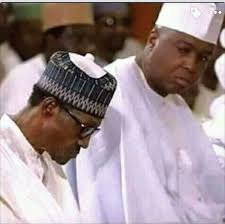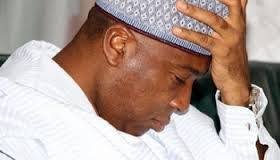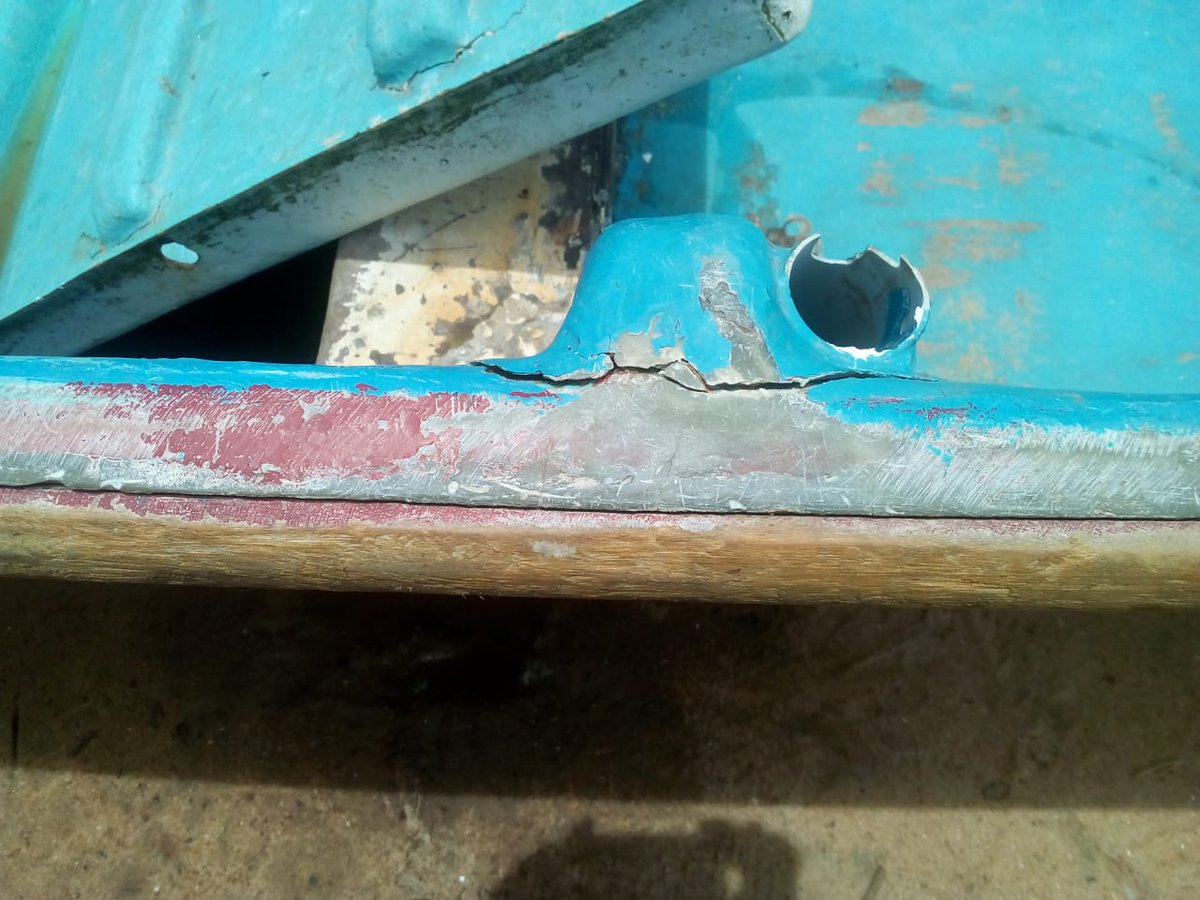This is part 2 of the Oando story.
Thread starts here
Oando held 51% equity in that company.
His response was succinct and assertive
“Now, how do you get to this?”
Of course, more was to come
That, he also had balls for
This model would become handy a few years down the line.
But he needed to go for the juggernaut
But Oando in 2012 had a net current asset (liability) of -N161b.
Oando’s share price soared to N29, 100% gain from the N15 it traded a month earlier.
If you found this thread useful,do rt d very first tweet of the thread
Thanks for reading.
*End*


